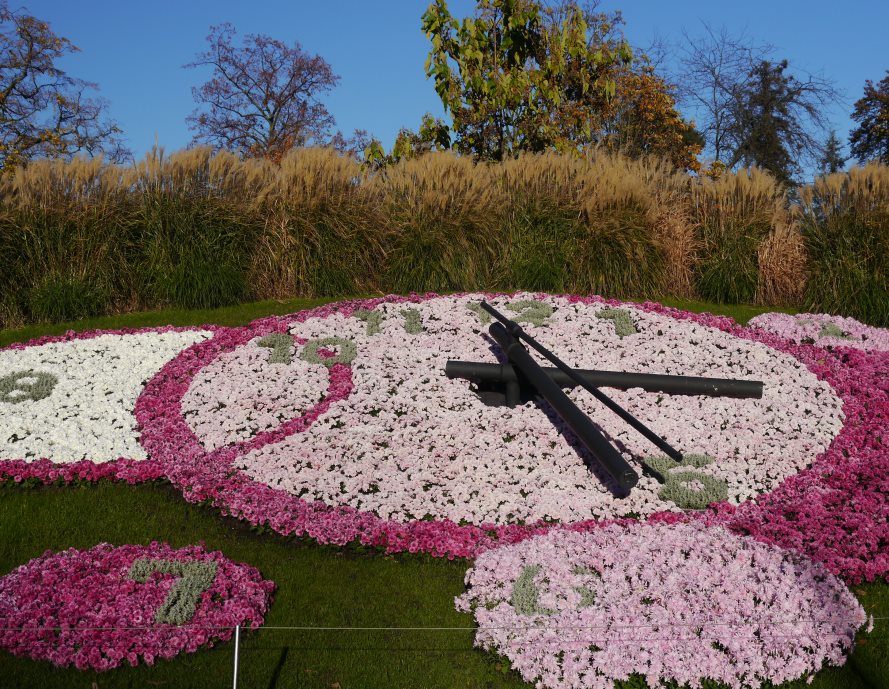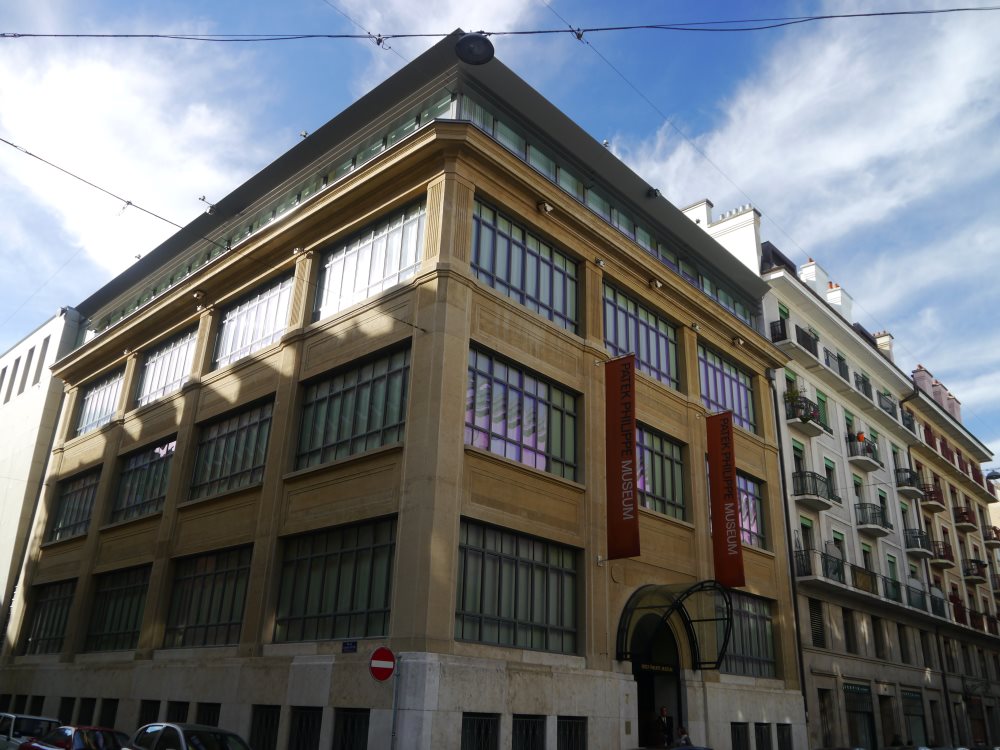Built at the western end of Lake Geneva, Geneva presents itself as a true “world city”, considering its economic and political role. But Switzerland’s second most populous municipality is also the cradle of luxury watchmaking, which was born in the middle of the 16th century and has never left the Jura arch. Follow us to the heart of this city where Time itself seems to have taken up residence.
A “world city” and timeless
With its 200,000 inhabitants, its privileged geographical location (near Lake Geneva and a few kilometers from France) and its famous jet of water culminating at 140 meters in height, Geneva is an ideal city. It is also known for offering one of the best qualities of life in the world – a quality that is worth its weight in gold, Geneva is also known for its high standard of living.
But more than a truly Swiss city, Geneva is a “world city” in the sense that it takes on a political and economic role of international importance: Switzerland’s second largest financial center after Zurich, the city of Geneva is home to the largest number of international organizations (European headquarters of the United Nations, International Committee of the Red Cross, WTO, WHO, CERN and more than 250 NGOs). A logical position, for a city that has been – and still is – the center of the world in another key area: luxury watchmaking.
The place of watchmaking in Geneva
We must go back to the mid-sixteenth century to witness the birth of the Geneva watch industry. At that time, the town enjoys the influx of French and Italian Protestants, fleeing religious persecution, which come to give it a new dynamism, especially in the fields of silk, gilding and watchmaking.
Jean Calvin, who favorably receives these Huguenot refugees, is indirectly behind the expansion of watchmaking in the city. Anxious to extend his desire for austerity to all, he forbids the wearing of decorative objects as a jewel, seeing only superfluous accessory seduction. It is this decision which pushes the silversmiths, put to forced unemployment, to be reconverted in watchmaking: they then garnish the cases of the watches of precious stones, manufacturer of the objects which escape the Calvinist ire. This professional exodus marks the birth of luxury watchmaking in the city.
From Geneva, Swiss watchmaking developed in the entire Jura arch to Schaffhausen, throughout the following century. The revocation of the Edict of Nantes by Louis XIV in 1685, nearly ninety years after the act of tolerance granted by Henry IV, accelerates the arrival in the region of the Huguenots fleeing France. Among them, artisans find there workers who show all the qualities essential to the manufacture of clocks – patience and thoroughness, righteousness and perseverance, virtues favored by the expansion of the Reformation. Watchmaking in Geneva naturally benefits from this meeting of talents.
A city that lives to the rhythm of watchmaking
Watchmaking in Geneva, however, is not just a vague legacy that is only explored in history books. No, this area is alive and well, and this international city, “world city”, has a heart that continues to beat the rhythm of a watch (Swiss). The best symbol is undoubtedly the Flower Clock, a decorative dial entirely composed of flowers, visible in the English Garden since it was created in 1955 by the City Parks and Promenade Service: a living expression of Geneva’s past, as much that the very current taste of its inhabitants for the beautiful work.
Other monuments confirm the horological dimension of the metropolis: its Museum of watchmaking and enamelling, which exhibits models of watches made in Switzerland and throughout Europe. Its Patek Philippe Museum, founded by the company’s president, Philippe Stern, in 1989, after the success of the presentation of some 500 models of the house on the occasion of its 150th anniversary. Or again the Cité du Temps, part of a building from 1840 acquired by Swatch Group in 2005 to make it a permanent exhibition venue, both for the brand and for other world watch creations.
In addition to the major brands of Swiss watchmaking which are headquartered in Geneva (Alpina, Baume & Mercier, Chopard, Patek Philippe, Piaget, Richemont group, Rolex, Vacheron Constantin – just that!), The city has a huge a lot of luxury watch shops, especially along the rue du Rhône – the local Champs-Élysées. And two schools dedicated to this art: the Geneva School of Watchmaking, a public institution founded in 1824. And the CFH (Training Center in the field of watchmaking), which is exactly in Plan-les- Wadding, in the immediate suburbs of Geneva.
Finally, the city also hosts, each year, the Haute Horlogerie Salon. A very private event that, for almost thirty years now, has brought together professionals from the sector in what was, is, and will remain the central hub of luxury watchmaking.


 Français
Français
